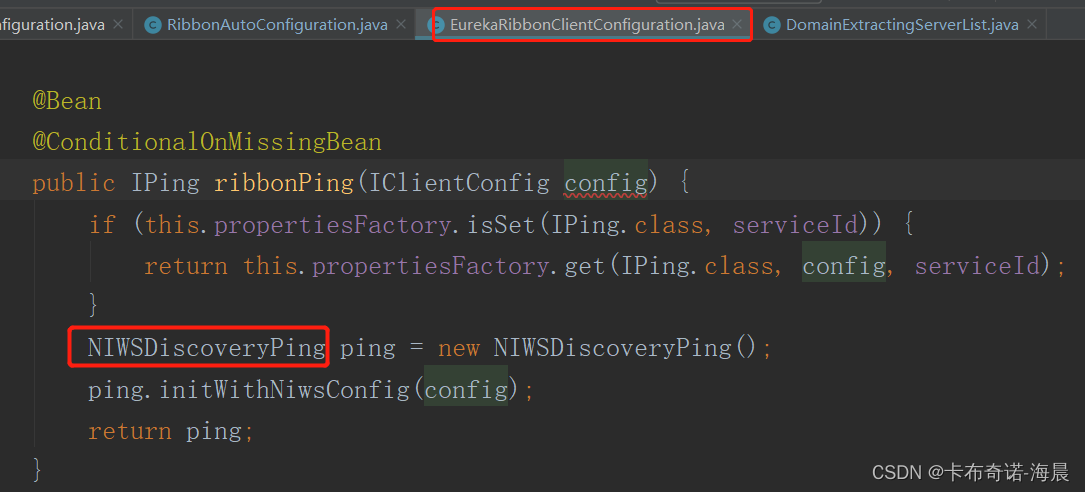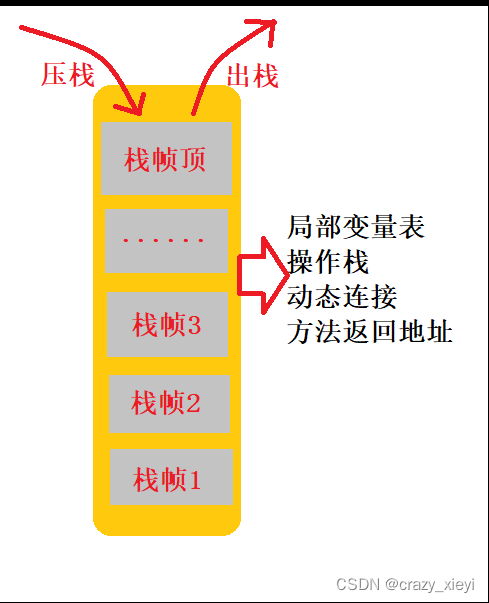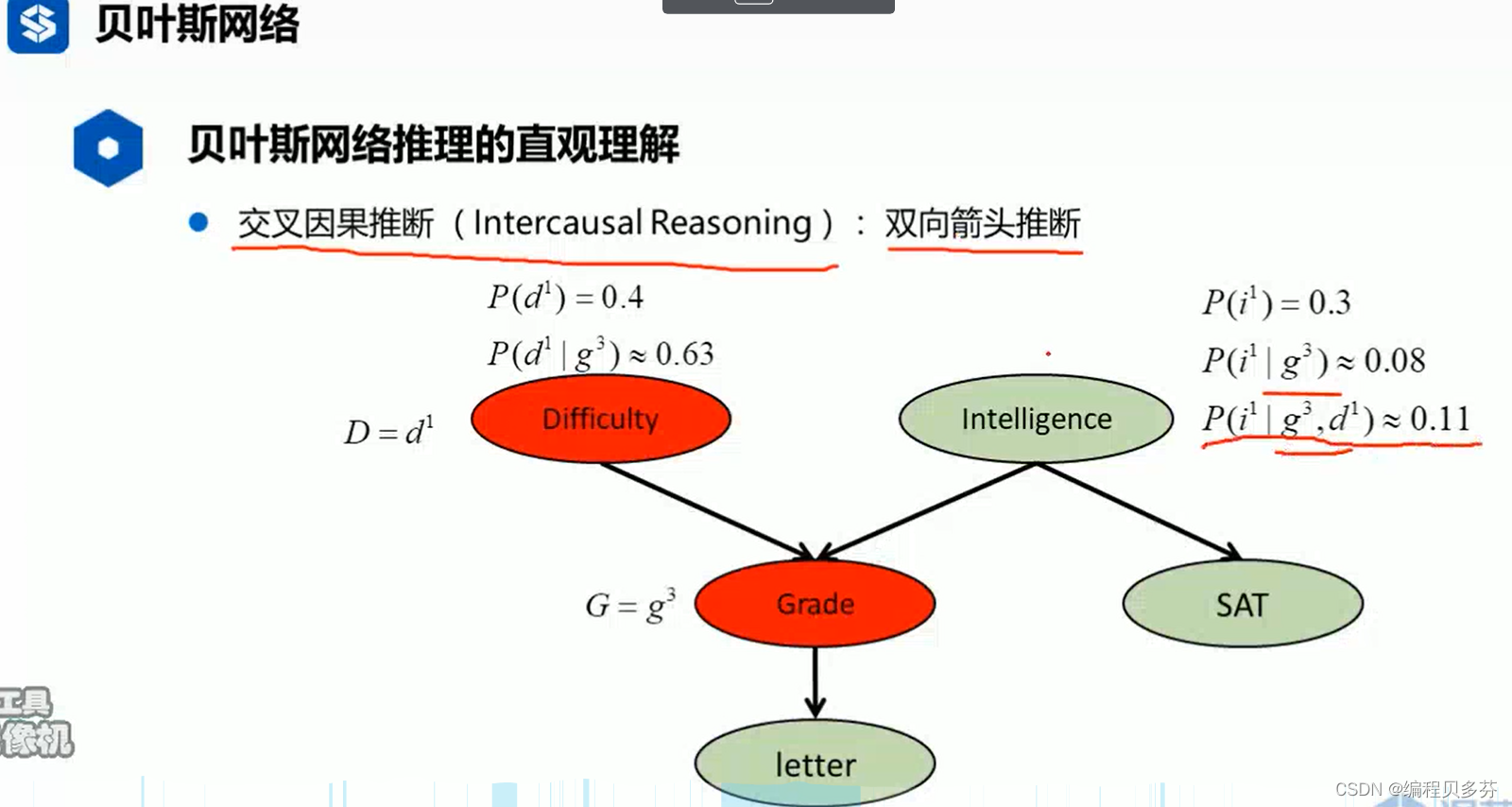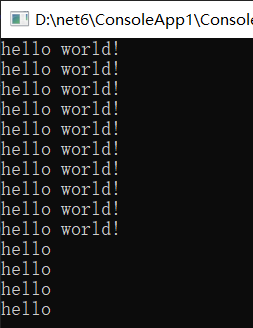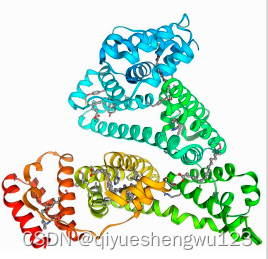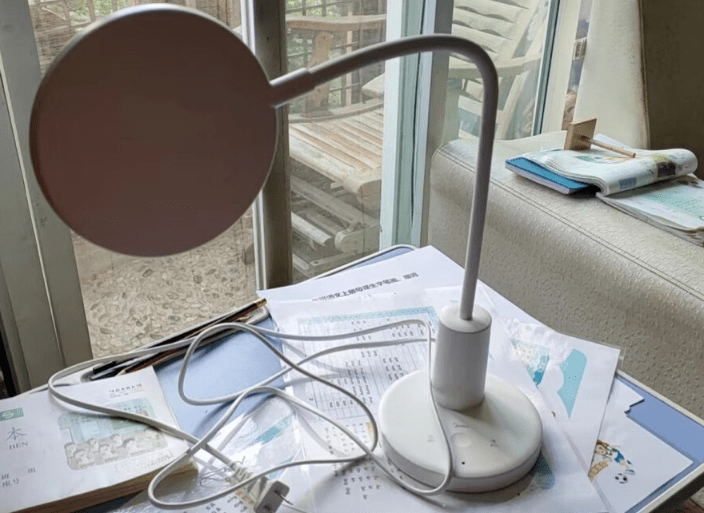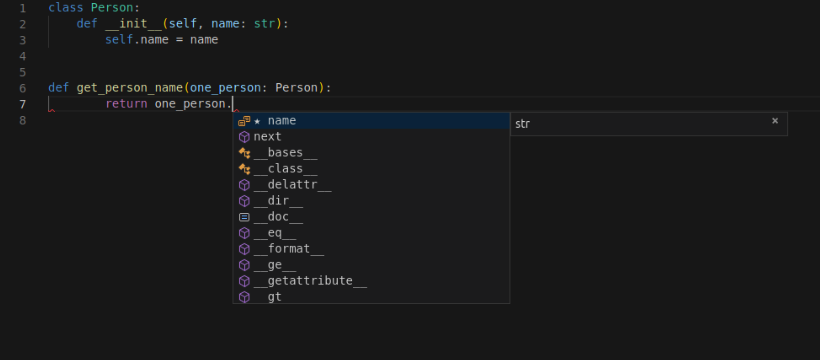👨🎓个人主页:研学社的博客
💥💥💞💞欢迎来到本博客❤️❤️💥💥
🏆博主优势:🌞🌞🌞博客内容尽量做到思维缜密,逻辑清晰,为了方便读者。
⛳️座右铭:行百里者,半于九十。
📋📋📋本文目录如下:🎁🎁🎁
目录
💥1 概述
📚2 运行结果
🎉3 参考文献
🌈4 Matlab代码实现
💥1 概述
NMPA是一项有影响力的尝试,旨在识别和缓解最近提出的称为海洋捕食者算法(MPA)的优化技术的一些问题。通过对其探索性和剥削行为的视觉调查,可以观察到搜索从全局到本地的转变可以进一步改善。作为一种极具成本效益的方法,使用一组非线性函数来改变MPA算法的搜索模式。所提出的算法称为非线性马林捕食者算法(NMPA),在一组基准函数上进行了测试。一项全面的比较研究表明,与原始的MPA甚至其他最近的元启发式方法相比,所提出的方法具有优越性。本文还考虑围绕超越5G(B5G)网络的非正交多址(NOMA)和可见光通信(VLC)中的功率分配进行实际案例研究,以展示NMPA算法的适用性。与最先进的算法相比,NMPA算法在解决广泛的基准功能以及为NOMA-VLC-B5G系统中的多个用户获得公平的功率分配方面显示出其优越性。
📚2 运行结果
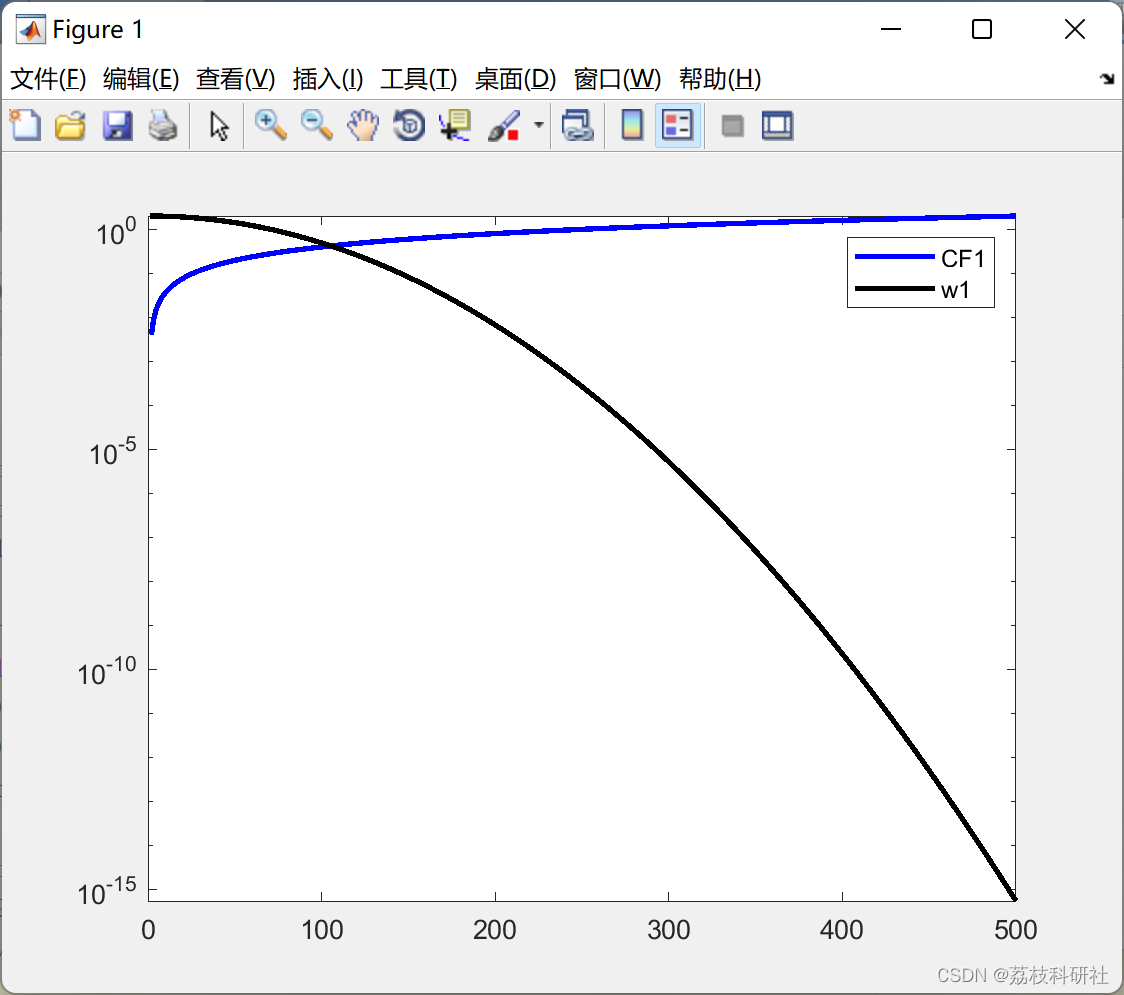
部分代码:
% % function topology
% figure('Position',[500 400 700 290])
% subplot(1,2,1);
% figure;
% func_plot(Function_name);
% title('Func.13')
% xlabel('x_1');
% ylabel('x_2');
% zlabel([Function_name,'( x_1 , x_2 )'])
%
% Convergence curve
% subplot(1,2,2);
% semilogy(Convergence_curve,'Color','r','Linewidth',2)
% hold on
% semilogy(Convergence_curve1,'Color','k','Linewidth',2)
% hold on
% semilogy(MVO_Convergence_curve,'Color','b','Linewidth',2)
% hold on
% semilogy(MFO_Convergence_curve,'Color',[1.000000000000000 0 0],'Linewidth',2)
% hold on
% semilogy(SSA_Convergence_curve,'Color',[0.800000000000000 1.000000000000000 0],'Linewidth',2)
% hold on
% semilogy(GWO_Convergence_curve,'Color',[0 1.000000000000000 0.400000000000000],'Linewidth',2)
% hold on
% semilogy(PSO_cg_curve,'Color',[0 0.400000000000000 1.000000000000000],'Linewidth',2)
% hold on
% semilogy(de_BestCost,'Color',[0.800000000000001 0 1.000000000000000],'Linewidth',2)
% title('Objective space')
% xlabel('Iteration');
% ylabel('Best score obtained so far');
% legend('MPA','NMPA','MVO','MFO','SSA','GWO','PSO','DE');
%
%
% display(['The best solution obtained by MPA is : ', num2str(Best_pos,10)]);
% display(['The best optimal value of the objective function found by MPA is : ', num2str(Best_score,10)]);
% disp(sprintf('--------------------------------------'));
function [Top_predator_fit,Top_predator_pos,Convergence_curve,T]=MPA(SearchAgents_no,Max_iter,lb,ub,dim,fobj)
tic;
Top_predator_pos=zeros(1,dim);
Top_predator_fit=inf;
Convergence_curve=zeros(1,Max_iter);
stepsize=zeros(SearchAgents_no,dim);
fitness=inf(SearchAgents_no,1);
Prey=initialization(SearchAgents_no,dim,ub,lb);
Xmin=repmat(ones(1,dim).*lb,SearchAgents_no,1);
Xmax=repmat(ones(1,dim).*ub,SearchAgents_no,1);
Iter=0;
FADs=0.2;
P=0.5;
while Iter<Max_iter
%------------------- Detecting top predator -----------------
for i=1:size(Prey,1)
Flag4ub=Prey(i,:)>ub;
Flag4lb=Prey(i,:)<lb;
Prey(i,:)=(Prey(i,:).*(~(Flag4ub+Flag4lb)))+ub.*Flag4ub+lb.*Flag4lb;
fitness(i,1)=fobj(Prey(i,:));
if fitness(i,1)<Top_predator_fit
Top_predator_fit=fitness(i,1);
Top_predator_pos=Prey(i,:);
end
end
%------------------- Marine Memory saving -------------------
if Iter==0
fit_old=fitness; Prey_old=Prey;
end
Inx=(fit_old<fitness);
Indx=repmat(Inx,1,dim);
Prey=Indx.*Prey_old+~Indx.*Prey;
fitness=Inx.*fit_old+~Inx.*fitness;
fit_old=fitness; Prey_old=Prey;
%------------------------------------------------------------
Elite=repmat(Top_predator_pos,SearchAgents_no,1); %(Eq. 10)
CF=(1-Iter/Max_iter)^(2*Iter/Max_iter);
RL=0.05*levy(SearchAgents_no,dim,1.5); %Levy random number vector
RB=randn(SearchAgents_no,dim); %Brownian random number vector
for i=1:size(Prey,1)
for j=1:size(Prey,2)
R=rand();
%------------------ Phase 1 (Eq.12) -------------------
if Iter<Max_iter/3
stepsize(i,j)=RB(i,j)*(Elite(i,j)-RB(i,j)*Prey(i,j));
Prey(i,j)=Prey(i,j)+P*R*stepsize(i,j);
%--------------- Phase 2 (Eqs. 13 & 14)----------------
elseif Iter>Max_iter/3 && Iter<2*Max_iter/3
if i>size(Prey,1)/2
stepsize(i,j)=RB(i,j)*(RB(i,j)*Elite(i,j)-Prey(i,j));
Prey(i,j)=Elite(i,j)+P*CF*stepsize(i,j);
else
stepsize(i,j)=RL(i,j)*(Elite(i,j)-RL(i,j)*Prey(i,j));
Prey(i,j)=Prey(i,j)+P*R*stepsize(i,j);
end
%----------------- Phase 3 (Eq. 15)-------------------
else
stepsize(i,j)=RL(i,j)*(RL(i,j)*Elite(i,j)-Prey(i,j));
Prey(i,j)=Elite(i,j)+P*CF*stepsize(i,j);
end
end
end
%------------------ Detecting top predator ------------------
for i=1:size(Prey,1)
Flag4ub=Prey(i,:)>ub;
Flag4lb=Prey(i,:)<lb;
Prey(i,:)=(Prey(i,:).*(~(Flag4ub+Flag4lb)))+ub.*Flag4ub+lb.*Flag4lb;
fitness(i,1)=fobj(Prey(i,:));
if fitness(i,1)<Top_predator_fit
Top_predator_fit=fitness(i,1);
Top_predator_pos=Prey(i,:);
end
end
%---------------------- Marine Memory saving ----------------
if Iter==0
fit_old=fitness; Prey_old=Prey;
end
Inx=(fit_old<fitness);
Indx=repmat(Inx,1,dim);
Prey=Indx.*Prey_old+~Indx.*Prey;
fitness=Inx.*fit_old+~Inx.*fitness;
🎉3 参考文献
部分理论来源于网络,如有侵权请联系删除。
Sadiq, Ali Safaa, et al. “Nonlinear Marine Predator Algorithm: A Cost-Effective Optimizer for Fair Power Allocation in NOMA-VLC-B5G Networks.” Expert Systems with Applications, Elsevier BV, May 2022, p. 117395, doi:10.1016/j.eswa.2022.117395.


